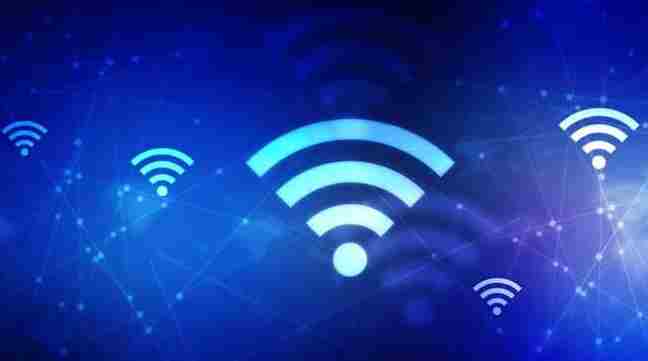Last updated on September 25th, 2023 at 10:50 pm
Radar level transmitters reliably measure liquid levels. Discover these instruments’ output signals and how to choose one for your application.
Are you in need of accurate and reliable readings for changing levels of materials in industrial tanks? A radar level transmitter is one device capable of fulfilling this purpose.
Radar level transmitters are used to measure the presence and distance of solid or fluid material without contact, creating a reading generated by high frequency output signals. Read on to discover more about what they have to offer, as well as important safety information related to their precise output signal circuitry specifications.
Table of Contents
Benefits of Using a Radar Level Transmitter
A radar level transmitter is a highly effective device for measuring the level of liquids in tanks and vessels. With the ability to provide real-time data, these devices can improve the accuracy and efficiency of your operations.
One of the major benefits of using a radar level transmitter is its ability to provide accurate measurements even in challenging environments. From corrosive and abrasive liquids to extreme temperatures and pressures, these transmitters can operate efficiently while delivering reliable results.
Additionally, radar level transmitters can help reduce the risk of accidents by providing operators with a clear view of liquid levels. Overall, investing in a radar level transmitter can have a positive impact on your operations by improving safety, accuracy, and efficiency.
How Pressure Sensors Work in Radar Level Transmitters
Radar level transmitters play a critical role in measuring the levels of liquids in various industries. The accuracy and reliability of these measurements depend on the functioning of pressure sensors.
Pressure sensors are the heart of radar level transmitters, converting atmospheric pressure changes into electrical signals. These sensors work by transmitting radar signals to the liquid and measuring the time it takes for the signal to bounce back.
The pressure sensors’ ability to detect even small changes in pressure allows for highly precise readings. Without this technology, many industries would struggle to accurately monitor and control the level of liquid in their processes. Understanding the intricate workings of these sensors emphasizes their importance in the field of industrial measurement.
Types of Output Signals for Radar Level Transmitters
Radar level transmitters are an integral part of process control in many industries. These instruments provide essential information on the level of liquid or solid materials in tanks or vessels.
One critical aspect of radar level transmitters is the type of output signal they generate. There are various kinds of output signals, which can be overwhelming to navigate and understand.
However, it is essential to determining the optimal radar level transmitter for your application. From analog to digital signals, each output type has its own set of unique advantages and disadvantages.
As such, it is crucial to have a deep understanding of all the output signal options and how they may affect your application’s performance. By doing so, you can select the most effective radar level transmitter for your specific needs.
The subsite transmitters is also useful and designed to send signals to the target. Plus, it remotely controls the transmitter with receiver.
What Are the Different Types of Radars Used in Level Measurement Systems
Radars are commonly used in level measurement systems for their precision, reliability, and versatility. Different types of radars cater to varying application needs.
The first type is pulse radar, which sends out short bursts of electromagnetic waves that reflect off the surface of the substance being measured. Frequency modulated continuous wave (FMCW) radar, on the other hand, emits a frequency-modulated signal and then measures the difference in frequencies between the emitted and received signals to determine the level of the substance.
Guided wave radar employs the use of probes to guide and reflect the radar signal along a cable or rod that is in contact with the substance being measured. Microwave barrier radar, also known as non-contact radar, establishes a radar beam between two antennas and measures the time of flight for the beam to cross the substance’s surface.
Each type of radar has its own advantages and disadvantages, making it crucial to choose the appropriate one for the specific application.
Tips for Optimizing Your Radar Level Transmitter Output Signals
A radar level transmitter is a vital instrument in many industrial processes, providing accurate and reliable measurements of liquid levels. However, optimizing the output signals from these transmitters can be a challenge, especially when dealing with complex systems.
To ensure that you get the most out of your radar level transmitter, it is essential to follow a few simple tips that can help improve the accuracy and reliability of the output signals. From proper calibration and alignment to selecting the right antenna and avoiding interference, there are many factors to consider when optimizing your radar level transmitter.
Pressure sensors are an essential part of any radar level transmitter system, as they detect changes in pressure and convert them into electrical signals. Taking these steps will help ensure that your radar level transmitter system performs optimally so it can provide you with reliable data for a wide range of applications.
You may also like to read
The Headway App: Unlocking CEO Wisdom through Books.
Staying Compliant: Navigating ELD Regulations for Fleet Management







